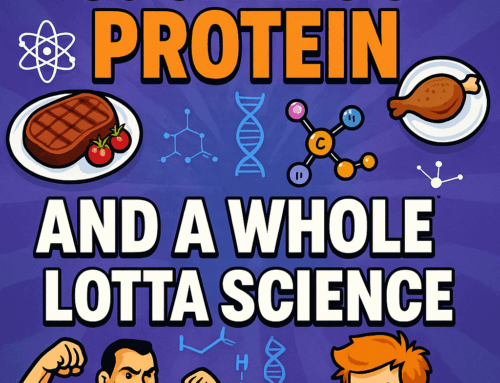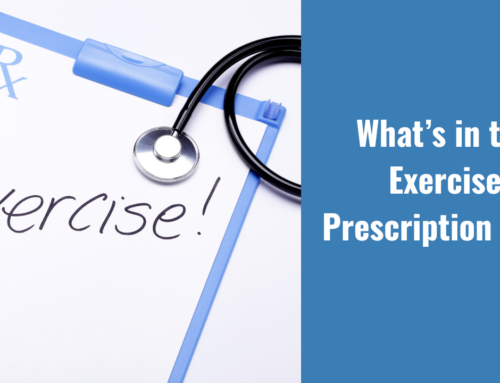As you know, I love helping you too with some solid info here that can go against the grain at times.
One of them is that the standard method of bioenergetics is at best incomplete and at its worse, completely wrong.
I am guilty of teaching it wrong in the past, so I am not exempt from getting things all goofed up at times.
Here is the new way of thinking – all of the energy your body creates is powered by oxygen, hence it is aerobic (1,2).
Yes, your body is making energy with oxygen. You can drop the word anaerobic (not using oxygen) from your vocabulary.
The critical part is that once you go with this theory, you can then work to maximize oxygen use for better performance…
…even with your “anaerobic” weight training.
Don’t believe me?
Let your aerobic performance degrade to the level of a field mouse, and tell me how much you enjoy lifting more than a couple of sets.
Maybe you can sneak by and be a walking heart attack if your goal is to lift the heaviest weight humanly possible for a single rep, but outside of a few rare instances, having a larger aerobic base is key to better performance and life itself.
This has some great side benefits like enhanced recovery, both set to set and training day to the next, better longevity, and much higher energy levels.
And no, you don’t need to run marathons to do it.
Performing just 2-3 days of dedicated aerobic training per week will get you super far.
I go crazy deep on this in the Physiologic Flexibility Certification course.
Embrace the oxygen-based model and push up your aerobic base to live and lift better.
PS – I go into all the details of this in the 4th intervention of Oxygen and Carbon Dioxide in the Phys Flex Cert – along with 10 complete action items of exactly HOW to do it. Go here to enroll or get on the waitlist if you are outside the enrollment window.
References
1) Shulman, R. G., & Rothman, D. L. (2001). The “glycogen shunt” in exercising muscle: A role for glycogen in muscle energetics and fatigue. Proceedings of the National Academy of Sciences of the United States of America, 98(2), 457–461. https://doi.org/10.1073/pnas.98.2.457
2) Bendahan, D., Chatel, B., & Jue, T. (2017). Comparative NMR and NIRS analysis of oxygen-dependent metabolism in exercising finger flexor muscles. Am J Physiol Regul Integr Comp Physiol, 313(6), R740-R753. doi:10.1152/ajpregu.00203.2017
Rock on!

Dr. Mike T Nelson

Dr. Mike T Nelson
PhD, MSME, CISSN, CSCS Carrick Institute Adjunct Professor Dr. Mike T. Nelson has spent 18 years of his life learning how the human body works, specifically focusing on how to properly condition it to burn fat and become stronger, more flexible, and healthier. He’s has a PhD in Exercise Physiology, a BA in Natural Science, and an MS in Biomechanics. He’s an adjunct professor and a member of the American College of Sports Medicine. He’s been called in to share his techniques with top government agencies. The techniques he’s developed and the results Mike gets for his clients have been featured in international magazines, in scientific publications, and on websites across the globe.
- PhD in Exercise Physiology
- BA in Natural Science
- MS in Biomechanics
- Adjunct Professor in Human
- Performance for Carrick Institute for Functional Neurology
- Adjunct Professor and Member of American College of Sports Medicine
- Instructor at Broadview University
- Professional Nutritional
- Member of the American Society for Nutrition
- Professional Sports Nutrition
- Member of the International Society for Sports Nutrition
- Professional NSCA Member









Leave A Comment